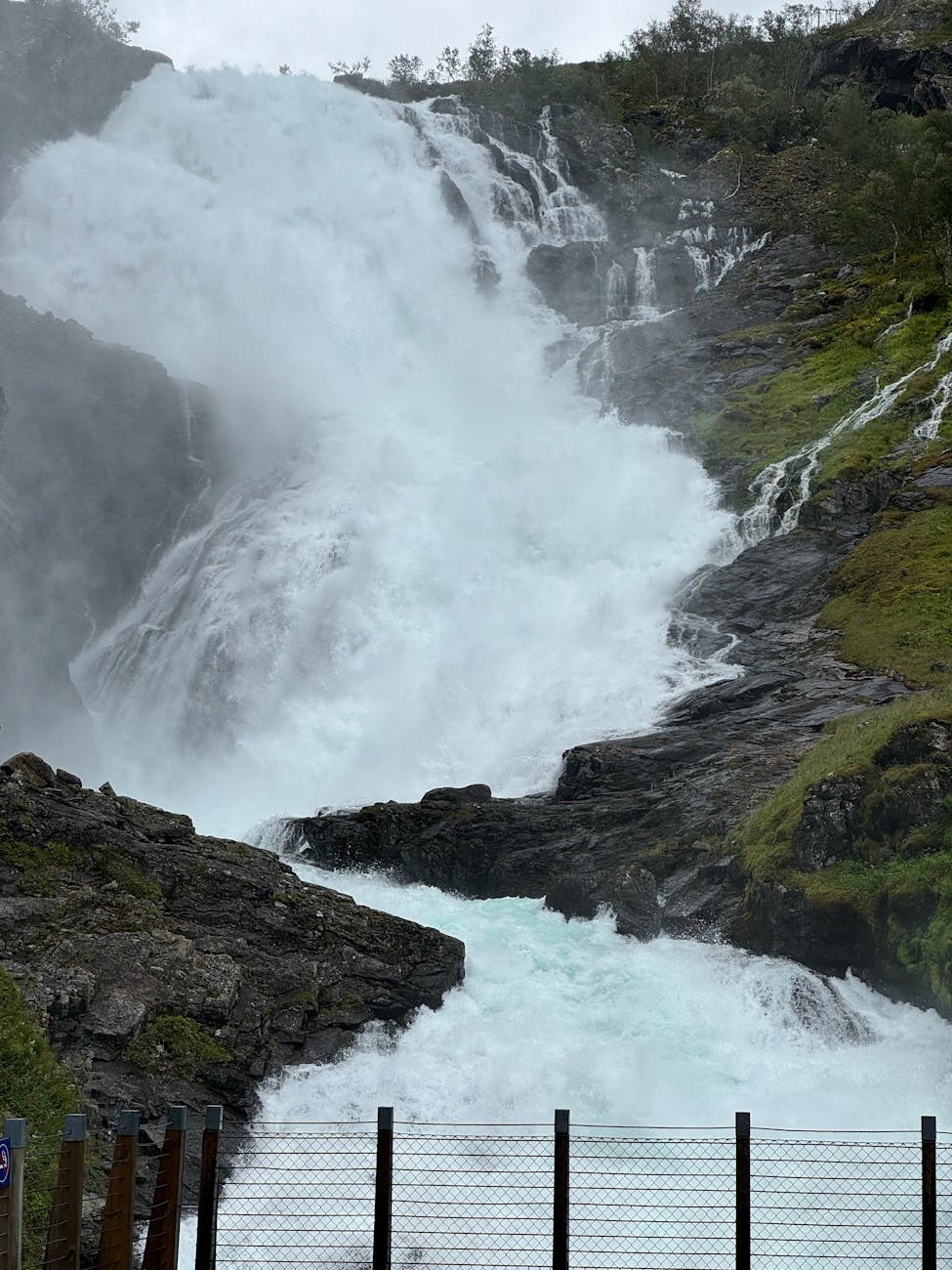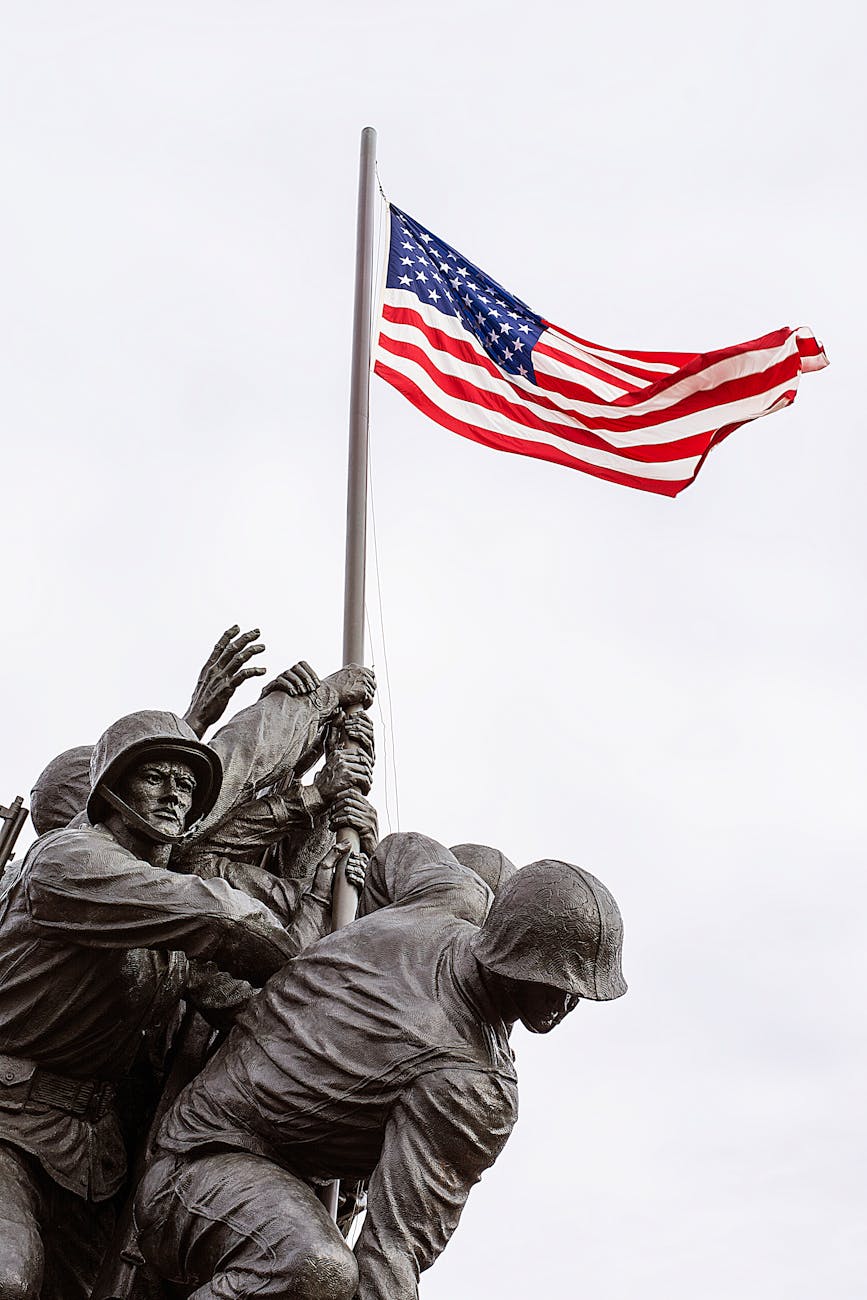Political Landscape Shaken by Kirk’s Assassination
The recent assassination of a prominent political figure has sent shockwaves through the political arena, forcing candidates to reevaluate their strategies as they gear up for the midterm elections. The stark reality is that connecting with constituents has never been more dangerous, and the stakes could not be higher. With threats against politicians rising, the delicate balance between accessibility and personal safety is being tested like never before.
Connecting with Voters vs. Ensuring Safety
As candidates hit the campaign trail, they face a dilemma: how to engage with voters without putting their lives at risk. Traditionally, face-to-face interactions have been the cornerstone of political campaigning. The hustle and bustle of crowded town halls, the energy of public forums, and the intimacy of one-on-one conversations have been integral to building rapport with constituents. However, in light of recent events, many are reconsidering their approaches. The intimacy of these gatherings is now clouded by a sense of peril, leading some to opt for virtual engagements or heavily secured events.
This shift not only alters the dynamics of political discourse but also risks alienating voters who crave personal connection. Candidates must now weigh how much they can afford to be present without compromising their safety. In a climate where threats loom large, the idea of shaking hands and taking selfies with supporters feels like a gamble. As a result, many candidates are grappling with the realities of security, forcing them to limit their public appearances or adopt a more guarded approach.
The New Normal in Politics
The uptick in violence against politicians is forcing a reevaluation of what it means to be a public servant. Candidates are now left to navigate a landscape rife with fear and uncertainty, making safety protocols a top priority. Increased security measures, from bodyguards to secure venues, are becoming commonplace. But these precautions come at a cost—both financially and in terms of the authentic rapport that candidates hope to build with their constituents.
Moreover, the psychological toll on politicians cannot be overlooked. The constant awareness of potential threats can lead to heightened anxiety and stress, affecting their ability to campaign effectively. Many may find themselves second-guessing their instincts, hesitating to engage in situations that would have once felt routine. This shift can have cascading effects on their message and the confidence they project to voters, which is crucial in any election.
Implications for Democracy
This troubling trend raises serious questions about the state of democracy. If politicians feel they cannot engage freely with the public, how will they effectively represent the interests of their constituents? The potential for a disconnect between elected officials and the people they serve looms large, threatening to erode trust in the political system. Candidates must grapple with the reality that their safety is now a part of the campaign narrative, and voters must decide how much they value personal interaction versus the risks that come with it.
Furthermore, this climate of fear could lead to a homogenization of political voices. Candidates who are less willing to take risks may shy away from nuanced discussions, instead opting for safer, more generic messaging that resonates with the broadest audience. This shift could ultimately stifle political diversity and creativity, leading to a less vibrant democratic process.
Questions
How will politicians balance safety and accessibility during campaigns?
What are the long-term implications for voter engagement in a climate of fear?
Are current security measures sufficient to protect candidates without compromising their connection to voters?




